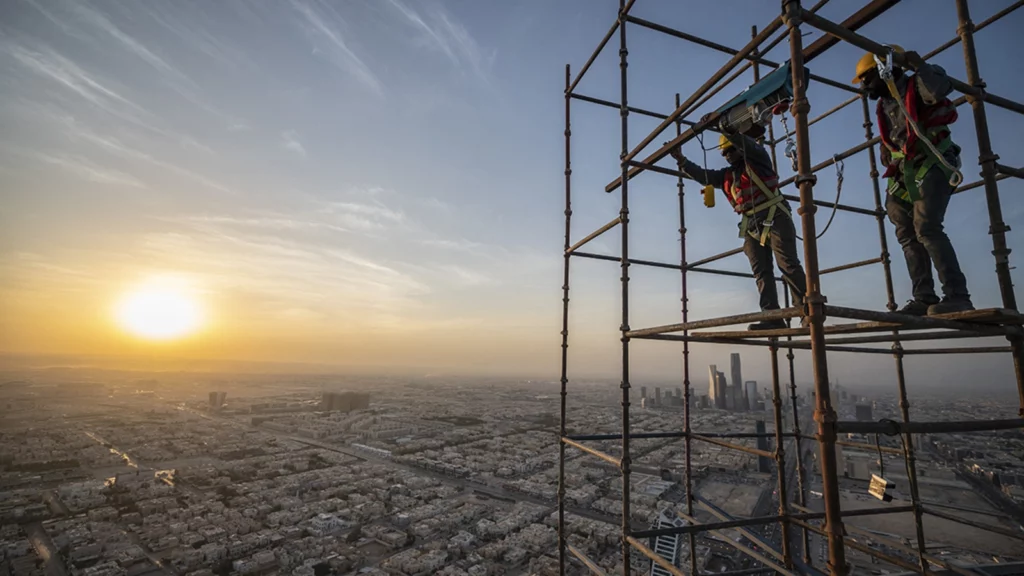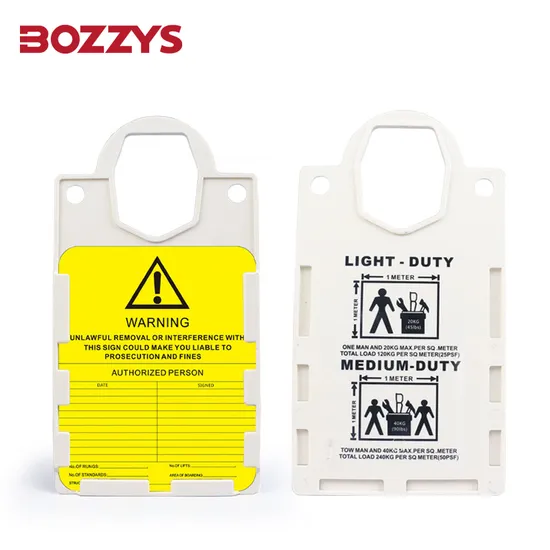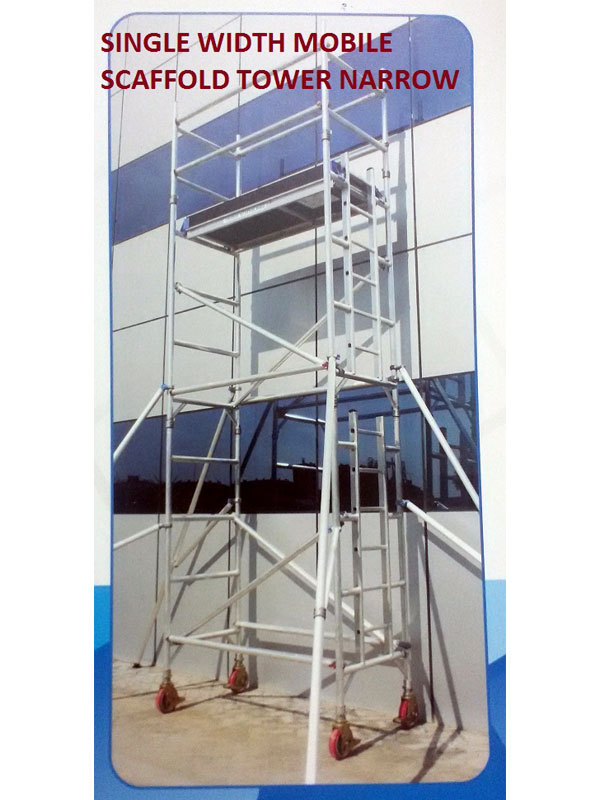Scaffolding is a temporary structure used in construction to support workers and materials. It is essential for building tall structures safely and efficiently.
In Saudi Arabia, scaffolding has a unique significance in construction due to the country’s rapid development and ambitious infrastructure projects. This blog post will explore the meaning of scaffolding in the Saudi construction industry. We will discuss its importance, types, and safety standards.
Understanding scaffolding is crucial for anyone involved in construction, as it ensures the safety and productivity of workers. So, let’s dive into the specifics and learn more about this vital component of the construction process in Saudi Arabia.
Introduction To Scaffolding
Scaffolding plays a crucial role in the construction industry. In Saudi Arabia, it serves as a temporary structure. Workers use it for support while building or repairing buildings. Understanding scaffolding’s meaning and function is essential.
Basic Concept
Scaffolding is a temporary framework. It supports workers and materials during construction. Usually made of steel or aluminum, it provides stability and safety. Workers can reach high places and perform tasks efficiently. Various types and designs cater to different construction needs.
Importance In Construction
Scaffolding ensures safety on construction sites. It offers a stable platform for workers. This reduces the risk of accidents and falls. Scaffolding also improves work efficiency. It allows multiple workers to perform tasks at different heights simultaneously. In Saudi Arabia, scaffolding is essential for building tall structures. It supports the country’s growing infrastructure needs.
Types Of Scaffolding
Scaffolding plays a vital role in construction projects. It ensures safety and access. In Saudi Arabia, different types of scaffolding meet various construction needs. Each type serves a unique purpose. Understanding these types helps choose the right one for any project.
Supported Scaffolding
Supported scaffolding is the most common type. It is built from the ground up. It consists of platforms supported by frames or poles. This type offers a stable work surface. It is ideal for projects with heavy materials. Workers can easily access different heights.
Suspended Scaffolding
Suspended scaffolding hangs from ropes or cables. It allows workers to move up and down. This type is useful for tall buildings. It provides access to upper levels without a base structure. Workers can adjust the height as needed. It is perfect for window cleaning or painting.
Materials Used
Scaffolding in Saudi Arabia often uses materials like steel, aluminum, and wood. These provide strong support for workers and tools. Each material has unique benefits, ensuring safety and stability during construction projects.
When it comes to scaffolding in construction in Saudi Arabia, the materials used play a crucial role in ensuring safety and efficiency. The choice of materials impacts the durability, strength, and cost of the scaffolding structure. Below, we explore the common materials used, with a focus on metal and wood.Metal
Metal scaffolding is highly preferred in Saudi Arabia due to its strength and durability. It is known for withstanding heavy loads and harsh weather conditions. Steel and aluminum are the most commonly used metals. Steel scaffolding is robust and can support significant weight. It is ideal for large-scale construction projects. However, it can be heavy and may require additional support. Aluminum scaffolding is lighter and easier to handle. It is suitable for smaller projects or situations where mobility is crucial. Despite being lightweight, aluminum provides excellent strength and stability.Wood
Wooden scaffolding is another option, although it is less common in modern construction. It is typically used for smaller projects or temporary structures. Wood is easy to work with and can be quickly assembled and disassembled. It is also cost-effective, making it an attractive option for budget-conscious projects. However, wood has its limitations. It is prone to damage from moisture, insects, and wear and tear. This makes it less durable compared to metal scaffolding. When choosing materials for scaffolding, consider the project’s specific needs and conditions. Would you prioritize strength and durability, or are cost and ease of handling more important for your project? Understanding these factors can help you make the best decision for your construction needs.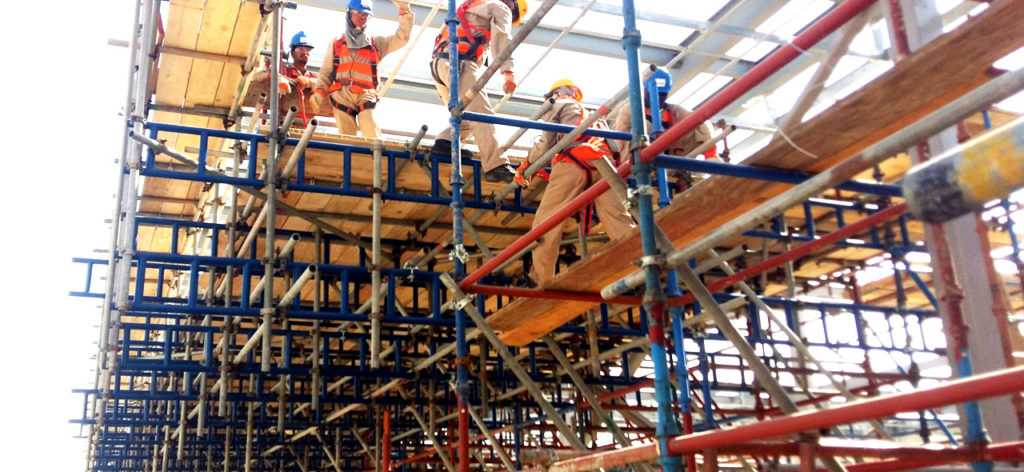
Credit: www.sparsteel.com
Scaffolding Safety Standards
Scaffolding in construction in Saudi Arabia means temporary structures used to support workers and materials. These structures ensure safety and efficiency during building projects.
Scaffolding safety standards play a crucial role in ensuring the well-being of workers in the construction industry. In Saudi Arabia, the construction sector is booming, making these standards even more vital. But what exactly do these standards entail, and how do they impact the safety of workers on-site? ###Regulations In Saudi Arabia
In Saudi Arabia, the construction industry follows strict regulations to maintain safety on scaffolding. The Saudi Arabian Standards Organization (SASO) sets guidelines that companies must adhere to. These regulations ensure that scaffolding is erected, maintained, and dismantled properly. For instance, scaffolding must be inspected regularly by a competent person. This is to confirm its stability and safety for workers. Additionally, there are specific requirements regarding the load capacity of scaffolding to prevent accidents. Adhering to these regulations not only protects workers but also helps companies avoid hefty fines. Are you aware of the regulations your company must follow? ###Common Safety Practices
Safety practices are the backbone of a secure construction site. In Saudi Arabia, wearing protective gear, such as helmets and harnesses, is mandatory when working on scaffolding. This simple practice can prevent serious injuries. Moreover, it is essential to keep the work area clean and organized. Loose tools and materials can become hazards if not properly stored. My friend, who works in construction, shared how a clean site helped avoid a potential accident. Training is another crucial aspect. Workers should receive regular training on scaffolding safety. This ensures they are aware of potential risks and know how to handle them. Are these practices part of your daily routine? They might seem basic, but they can make a significant difference in safety. By understanding and implementing these safety standards, you contribute to a safer working environment. What changes can you make today to improve scaffolding safety on your site?Benefits Of Scaffolding
Scaffolding is essential in construction for safety and support. It allows workers to access high places easily. In Saudi Arabia, scaffolding ensures stability and efficiency in building projects.
Scaffolding in construction is much more than just a temporary structure. It is a crucial component that ensures the seamless execution of building projects. In Saudi Arabia, scaffolding has become indispensable due to its numerous benefits. From ensuring worker safety to boosting efficiency, scaffolding plays a pivotal role in the construction industry.Enhanced Worker Safety
Safety is the cornerstone of any construction project. Scaffolding provides a stable platform for workers, minimizing the risk of falls and accidents. With a robust scaffolding system in place, workers can focus on their tasks without the fear of losing balance. Imagine standing on a shaky surface trying to paint a wall. Scaffolding eliminates this fear, offering peace of mind and enhancing productivity. In Saudi Arabia, where temperatures soar and conditions can be challenging, secure scaffolding ensures workers are protected from hazards associated with height.Improved Efficiency
Efficiency is key to completing projects on time and within budget. Scaffolding enables workers to access different parts of the structure easily, reducing downtime caused by difficult-to-reach areas. Think about how much faster your team could work if they didn’t have to constantly move ladders or re-position tools. Scaffolding offers easy access to every nook and cranny, speeding up tasks that would otherwise take longer. In Saudi Arabia, where construction projects often scale large and intricate designs, scaffolding streamlines processes, allowing for quicker completions without compromising quality. Have you ever noticed how smoothly things go when everyone has the right tools? Scaffolding is that essential tool in construction, ensuring everything runs like a well-oiled machine. Consider the impact of scaffolding in your next project. Wouldn’t you want to ensure safety and efficiency are prioritized?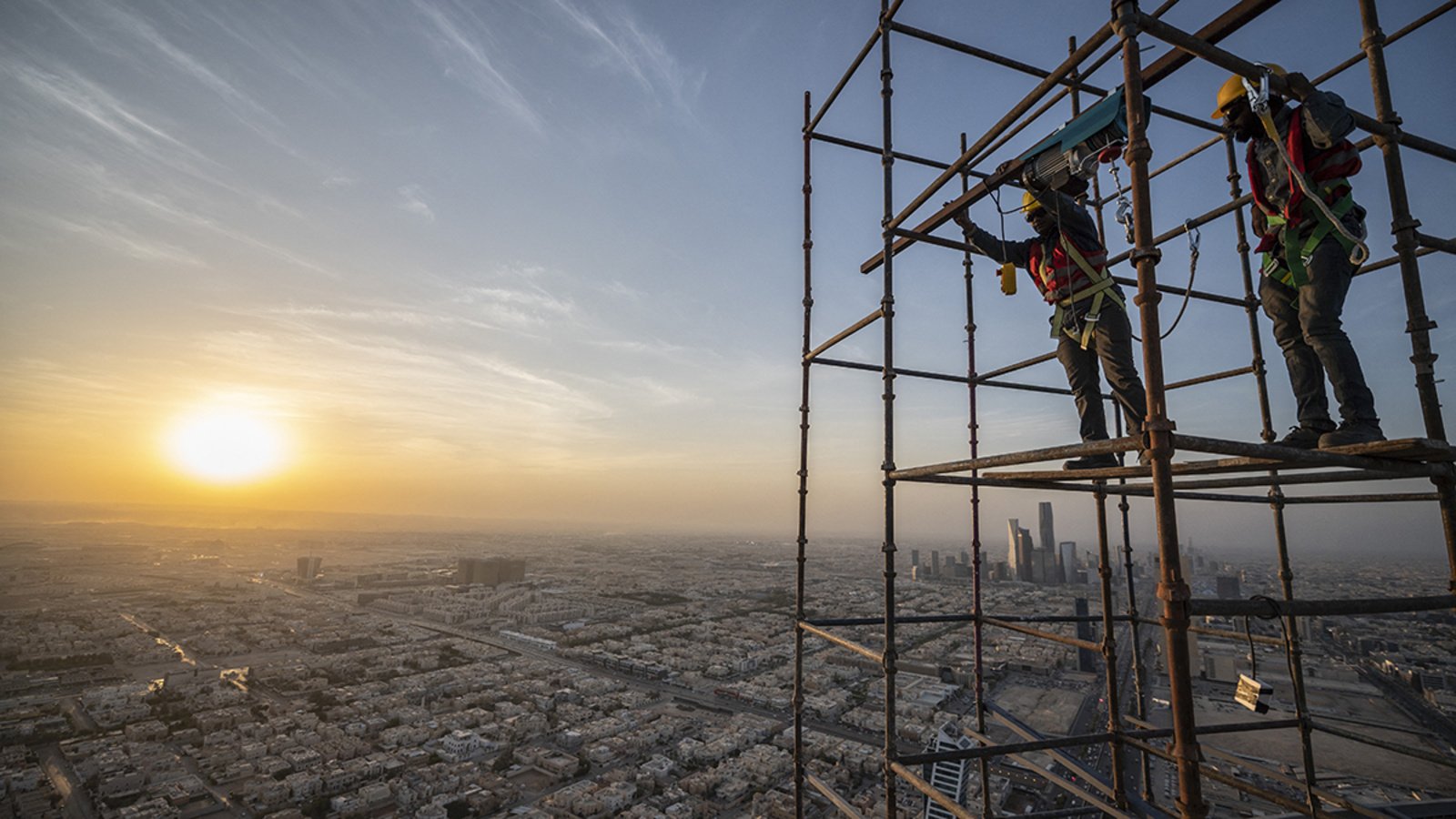
Credit: www.cfr.org
Challenges In Scaffolding
Scaffolding in Saudi Arabia supports construction by providing temporary structures for workers. Challenges include harsh weather, safety, and quality control. Ensuring stability and worker protection is crucial in desert conditions.
Scaffolding in construction is an essential component that ensures safety and efficiency. However, it comes with its own set of challenges, especially in Saudi Arabia. Understanding these challenges can help you make better decisions when planning and executing construction projects.Weather Conditions
Saudi Arabia’s climate can be extreme, with scorching heat during the summer and occasional sandstorms. These conditions pose significant risks to scaffolding. The intense heat can weaken materials, while sandstorms can reduce visibility and make surfaces slippery. Imagine working on a high scaffold with sand swirling around you. It’s not just uncomfortable; it’s dangerous. Proper maintenance and regular inspections become crucial under such conditions. Choosing weather-resistant materials and implementing protective measures can mitigate these risks.Site Constraints
Many construction sites in Saudi Arabia are cramped or irregularly shaped. This makes setting up scaffolding a logistical puzzle. You might find yourself squeezing scaffolds into tight spaces or adjusting them to fit around existing structures. Have you ever tried to fit a square peg into a round hole? That’s what it feels like when dealing with site constraints. It’s important to plan meticulously and be adaptable. Consider using modular scaffolding systems that can be easily adjusted to fit diverse site layouts. By understanding these challenges, you can enhance the safety and efficiency of your scaffolding operations. How do you plan to address these obstacles in your next project?Technological Advancements
Technological advancements have transformed the construction industry in Saudi Arabia. Scaffolding, a critical part of construction, has benefited greatly from these innovations. The introduction of new technologies has improved safety, efficiency, and design in scaffolding systems. These advancements support the growing infrastructure demands in Saudi Arabia.
Modern Designs
Modern scaffolding designs use lightweight materials. This makes them easier to transport and install. Aluminum and fiberglass are popular choices for their strength and durability. These materials also resist corrosion, which is essential in harsh climates. New designs also focus on modular systems. These systems can be assembled quickly, reducing labor costs and project timelines.
Smart Scaffolding
Smart scaffolding incorporates digital technology. Sensors monitor structural integrity and detect potential hazards. This improves safety for workers and reduces the risk of accidents. Data collected by these sensors provide valuable insights. Construction managers can make informed decisions based on real-time information. Smart scaffolding also facilitates communication between teams. This ensures that everyone is aware of potential risks.

Credit: www.instagram.com
Future Of Scaffolding In Saudi Arabia
Saudi Arabia’s construction sector is growing rapidly. With mega-projects like NEOM city and the Red Sea Project, scaffolding is key. But what does the future hold? Innovation and sustainability are shaping the scaffolding landscape, promising exciting changes.
Innovations On The Horizon
Technology is transforming scaffolding. Consider the use of drones for safety inspections. They provide real-time data, reducing risk. Automated scaffolding systems are also emerging, making setups faster and more efficient. Imagine a construction site where robots handle the heavy lifting. How will these innovations change your approach to building?
Virtual reality is another game-changer. It allows workers to train in a simulated environment. This improves skill and reduces accidents. Picture yourself mastering scaffolding techniques without stepping on-site. These advances could redefine safety standards across the industry.
Sustainable Practices
Saudi Arabia is embracing sustainability. Scaffolding is no exception. Materials like bamboo and recycled steel are gaining popularity. They reduce environmental impact and offer durability. Would you consider using eco-friendly materials for your next project?
Waste reduction is crucial. Modular scaffolding systems minimize waste and maximize efficiency. They adapt to various structures, saving resources. Imagine cutting costs while supporting the environment. It’s a win-win situation for builders and the planet.
Saudi Arabia is at a crossroads. The choices you make will shape its construction future. Will you embrace innovation and sustainability? The opportunity to lead is yours.
Frequently Asked Questions
What Does Scaffolding Mean In Construction?
Scaffolding in construction refers to temporary structures used to support workers and materials during building projects. It ensures safety and accessibility at heights, facilitating efficient construction processes. Scaffolding can be made from metal or wood and is essential for tasks like painting, repairing, or installing elements.
What Is The Salary Of Scaffolding Engineer In Saudi Arabia?
Scaffolding engineers in Saudi Arabia earn between SAR 8,000 to SAR 15,000 monthly, depending on experience and qualifications. Salaries can vary based on company and project size. It’s important to research specific job listings for accurate figures.
What Are The Three 3 Types Of Scaffolding?
The three types of scaffolding are supported scaffolding, suspended scaffolding, and rolling scaffolding. Supported scaffolding is built from the ground up. Suspended scaffolding hangs from above. Rolling scaffolding is mobile and can be moved easily.
What Is The Scaffolding In Construction Process?
Scaffolding in construction is a temporary structure used to support workers and materials. It provides safety and access to high areas.
Conclusion
Scaffolding is vital in Saudi Arabia’s construction industry. It ensures worker safety and efficient project completion. Understanding its meaning helps in appreciating its role. Proper use of scaffolding supports complex structures, making construction safer. Investing in quality scaffolding is smart for long-term success.
Always prioritize safety and reliability in construction projects. This way, buildings stand strong, and workers stay protected.
